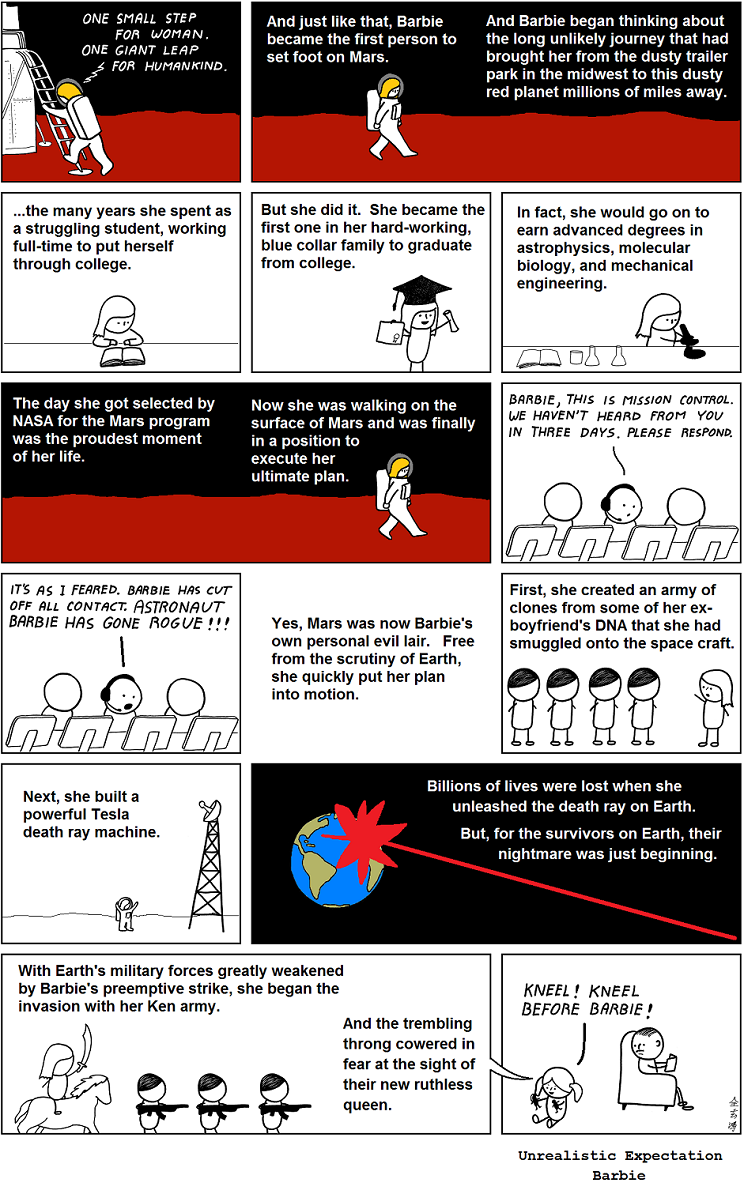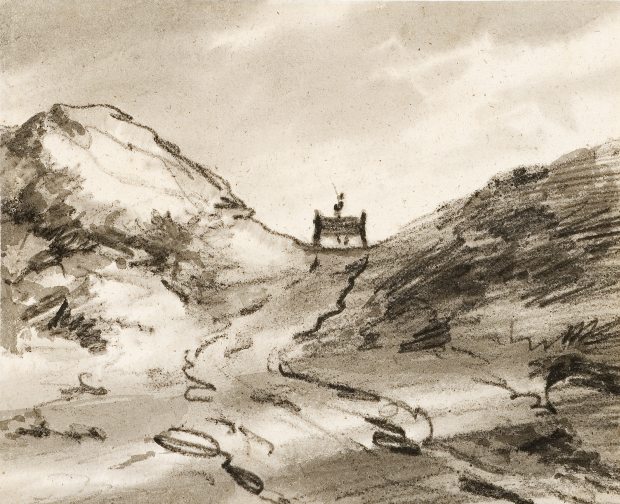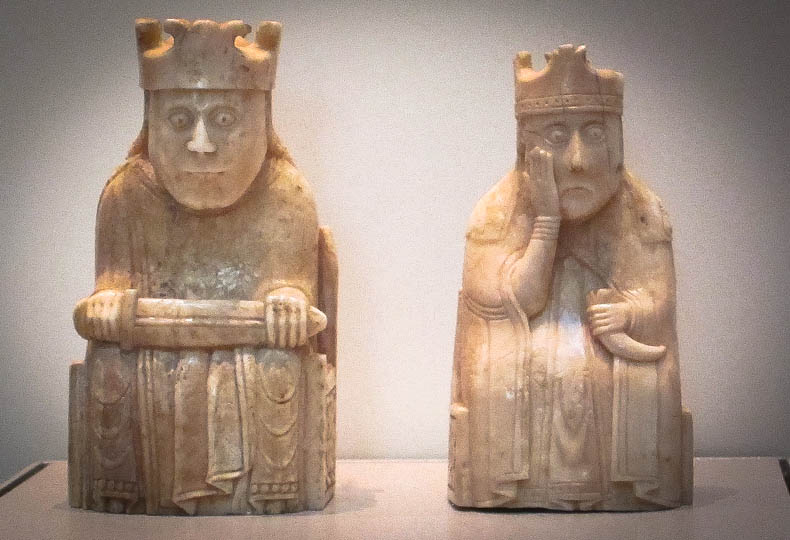 On July 16, Kacy Catanzaro, a 24-year-old New Jersey native and former gymnast, shattered a glass ceiling you likely didn’t know existed. She became the first woman ever to qualify for the American Ninja Warrior finals.
On July 16, Kacy Catanzaro, a 24-year-old New Jersey native and former gymnast, shattered a glass ceiling you likely didn’t know existed. She became the first woman ever to qualify for the American Ninja Warrior finals.
I’m not a fan of American Ninja Warrior. In fact, I only tuned in the night that Catanzaro achieved fame because the show happened to be the least stupid thing on TV. And that’s saying something. Because for the first half hour, American Ninja Warrior appeared to be a competition in which muscle-bound men grimace and flex as they work their way through a ridiculously difficult obstacle course.
But then I saw Catanzaro. A woman! She looked fit, but tiny. Could she complete the course? “It’s a really tall order for someone who is five feet tall and weighs just a 100 pounds,” said one announcer ominously. Continue reading






